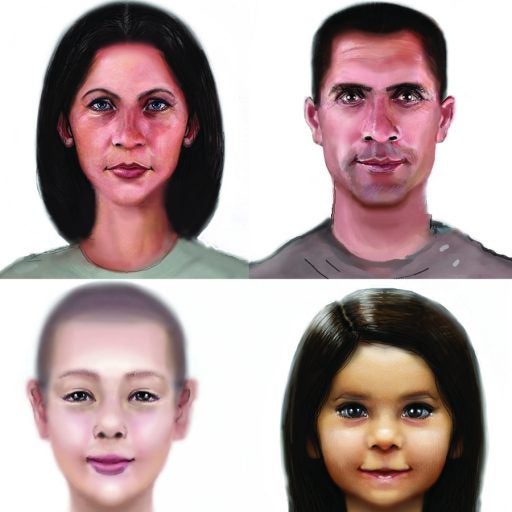Little Mary lays in a hospital gown and smiles meekly as she tells a nurse that her pain level is an eight on a scale of 10. Across the hall, 10-year-old Johnny says his pain level is at 10 and doubles over in agony. Then he jumps at the chance to play a video game, forgetting his pain for 35 minutes.
Nurses have to figure how to best manage their patient’s pain during hospital stays and it’s especially challenging when it comes to their youngest guests.
Sometimes distracting a toddler or teen with a game can be just as effective as administering pain medication. Other times drugs are needed. The ability to discern between the two takes education and experience.
That’s why University of Central Florida Nursing Assistant Professor Kelly Allred is creating a computer game for working nurses that will help them understand best practices for managing pain among pediatric patients. Allred is certified in pain management. The game also will provide nurses an opportunity to practice on a computer screen, where the patient is simply a crying avatar.
“The bottom line is that pain is subjective,” Allred said. “But there is a lot of research out there that shows that sometimes other activities can be just as effective for managing pain as providing pain medication. Using a distracting activity along with medication can really be effective to help our patients feel better.”
The game, still in development, is based on a similar game Allred created for student nurses studying adult pain management at UCF in 2010. Student nurses at UCF will test that game in the spring semester, Allred said. As part of that game, nurses are given research information to address the concern of becoming addicted to pain medication. Addictions occur less than 1 percent of the time when patients are given pain medication to treat acute pain.
For help developing both games, Allred went to UCF’s E2 I Creative Studio, a group of faculty and staff professionals that produce modeling and simulation projects, which apply emerging technologies in order to research their effectiveness as tools for diverse uses and audiences. The group has won awards for their innovative work. The adult game took about a year to conceptualize, plan and execute, said Michael Carney, the production manager who worked on the project and is spearheading the development of the new pediatric game. He expects it will take about the same time to complete the kid’s version.
A prototype of the game is already in the works. It has young patients in hospital beds complaining about different levels of pain. The “gamer” plays the role of the nurse and enters the room with a case history in hand. It actually pops up on the screen so the gamer can read it.
The two children characters interact and the nurse is prompted on the screen to make choices about what to do for the patient. Parent avatars also will interact with the nurse complicating the scenarios and making them more realistic. Based on the nurse’s response the scenario gets better or worse. At the end, the correct choices are reviewed with an explanation about research-supported best practices.
“We want to make the game engaging and interactive so nurses really take away the information they need,” Allred said.
Florida Hospital provided the $10,000 grant to create the game as a way to continue to enhance its education program. Once complete, Florida Hospital nurses will test out the game to see if it works.
“This project integrates cutting-edge technology with the need of direct-care nurses to understand the intricacies of pain assessment and management,” said Patricia Robinson, director of the Center for Pediatric Research at Florida Hospital for Children. “There is no experience worse for a parent or a nurse than being left with the feeling that a child is in pain and not enough was done to manage it.”
This is one of several grants Florida Hospital has provided in the past two years to university professors.
“The opportunity to offer tenure-seeking faculty competitive grant experiences while also mentoring research methods and improving direct patient care is priceless,” Robinson said.
